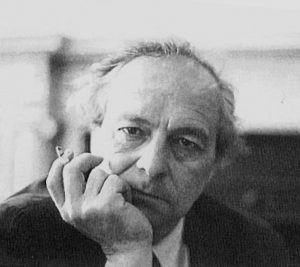Architecture & Design Talk in English at Cal State

A lecture in English, “Architecture + Design: Short Circuits” is free and open to the public on January 17 at California State University (via Leopardi 12) at 5 pm. Works by the speaker, Gianni Pettena, are currently on display at the “Radical Utopias: 1966 – 1976” show in the Strozzina exhibition space in Palazzo Strozzi (through January 21; daily hours noon – 8 pm except Thursdays, open until 11 pm). Pettena also curated the retrospective.
Part of the original nucleus of the Italian radical architecture movement, Pettena, architect, artist and critic, professor of History of Contemporary Architecture at the University of Florence and of Design at California State University.
THE EXHIBITION
Utopie Radicali, on the other hand, explores the Radical movement in Florence in the 1960s and 70s in a burst of bright colors, light, and experimental art.
The exhibition unites the works of the major Florentine Radical architects for the first time in one space.
The exhibition commemorates the creative revolution produced by artists and artistic groups such as Archizoom, Remo Buti, 9999, Superstudio, Gianni Pettena, UFO and Zziggurat, all working at the helm of the Radical Architecture Movement in Florence in the 1960s and 70s. These artists, many of whom were members of Florence University’s Faculty of Architecture, were the first in Italy to build an original intersection of utopian architecture, technology, and visual art. The Radical movement questioned bourgeois society through biting irony and satire, building the blueprints for a more colorful utopia in its wake.
Utopie Radicali presents visitors with clothing, furniture, photographs, collages, video, and scale models organized by theme.
Visitors exploring the exhibition get a colorful taste of retro-futurism through a variety of mediums, making for an unmatched experience in appreciation of Radical art and experimentation.
THE SPEAKER
Since the ’70s, Pettena’s work and theoretical and experimental propositions have been expressed in the form of design projects, interior design, architecture, museum installations and performances. Pettena is firmly convinced of the need to rethink the meaning of the architectural discipline, as were the other ‘radicals,’ but unlike them he prefers using the language of visual arts, instead of the more traditional ones of architectural design. This showed his affinity for the conceptuality of the Austrian radical movement, as opposed to the British pop-inspired culture that forged the majority of Florentine radicals, at least in the beginning.
He has written on funk architecture, on the radical movement, on the theme of ‘physical space’ in art and on design and architecture.
